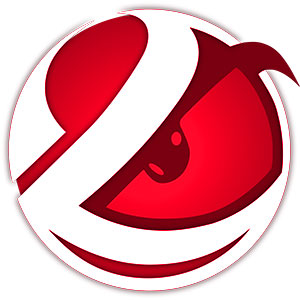The gaming laptop market has long been dominated by AMD and Intel, but recent rumors are suggesting that Nvidia may be gearing up to disrupt this landscape with an Arm-based processor. Speculation has been rife for over a year about the form this chip might take, but recent insights from tech pundits hint that Nvidia aims to create an Arm APU that delivers substantial gaming performance with lower power consumption characteristics. This new potential product line could signal a significant shift in the gaming laptop arena.
Emerging Insights on Performance and Specifications
The tech YouTuber Moore’s Law is Dead (MLID) has brought intriguing details to light, primarily sourced from Nvidia partners. Allegedly, the targeted power range for these processors is up to 80W, which situates them favorably for integration into laptops that must balance performance and thermal management effectively. Moreover, an anonymous source claims that Nvidia is assessing the performance of their new Arm-based APU against existing mobile GPUs, specifically aiming to match the gaming performance of an RTX 4070 laptop GPU, which operates at around 65W.
Such comparisons are notable as they highlight Nvidia’ aspiration to deliver a competitive edge in a segment where power efficiency is crucial. Lower power consumption translates not only to improved battery life but also reduces thermal output, which can help maintain portability and performance simultaneously. The idea of an Arm APU capable of performing on par with existing discrete graphics solutions is compelling and aligns with the industry’s ongoing trend towards enhancing performance while minimizing power usage.
Further complicating the landscape are the rumors regarding Nvidia’s collaboration with Dell’s Alienware brand. This pairing suggests that the upcoming Nvidia APU could debut not just as a standalone product but integrated into the market under a well-recognized brand name associated with high-performance gaming. Such a partnership hints at a committed marketing strategy and a decent engineering effort tailored to gamers’ needs.
If the speculation holds water, an Nvidia-powered Alienware system could result in a robust gaming laptop optimized for Arm architecture. Notably, this would represent a deliberate effort on Nvidia’s part to carve out a space in a market traditionally dominated by x86 architecture, thus pushing for wider acceptance of Arm-based systems running Windows.
Comparative Performance: A New Face in the Arena
Nvidia’s rumored APU is said to be a direct competitor to AMD’s upcoming Halo APUs, including the Ryzen AI 300 Max series, which promises an impressive assortment of RDNA 3.5 compute units. AMD seems poised to offer cutting-edge mobile chips featuring substantial graphics capabilities, with rumors of models containing up to 40 RDNA 3.5 compute units combined with multiple CPU cores.
This competitive backdrop necessitates that Nvidia’s newcomer not only matches but potentially exceeds existing performance benchmarks. If Nvidia positions its Arm-based solutions to perform at or around the level of AMD’s top-tier offerings, it could ignite a heated battle among manufacturers for supremacy within the gaming laptop sector. The presence of a high-performance Neural Processing Unit (NPU) in its design adds an edge, especially as the demand for AI-powered processes continues to increase in gaming and beyond.
Transitioning to an Arm architecture is more than just hardware changes; it encompasses software challenges as well, particularly with regards to Windows compatibility. The ongoing collaboration with MediaTek is a strategic move as it suggests Nvidia is serious not only about chip production but also about ensuring broad compatibility with existing software ecosystems.
Windows on Arm could experience a renaissance spurred by Nvidia’s advancements, especially as Microsoft is rumored to be loosening its ties with Qualcomm for Arm system development. The prospect of a significant update to Windows that includes enhanced support for existing game titles, alongside Nvidia’s potential hardware advancements, could lead to an array of new gaming experiences for users.
While these developments remain speculative, the implications of Nvidia’s push into the Arm processor market are profound. By setting its sights on delivering powerful, efficient gaming laptops through strategic partnerships and innovative designs, Nvidia could not only redefine the industry’s expectations but also set a new standard for performance in mobile gaming. The anticipatory excitement amongst gamers regarding this shift will only escalate as more information becomes available in the lead-up to the anticipated launch timeframe in late 2025 or 2026. Whether these rumors culminate in reality will ultimately shape the future of gaming laptops as we know them.


Leave a Reply